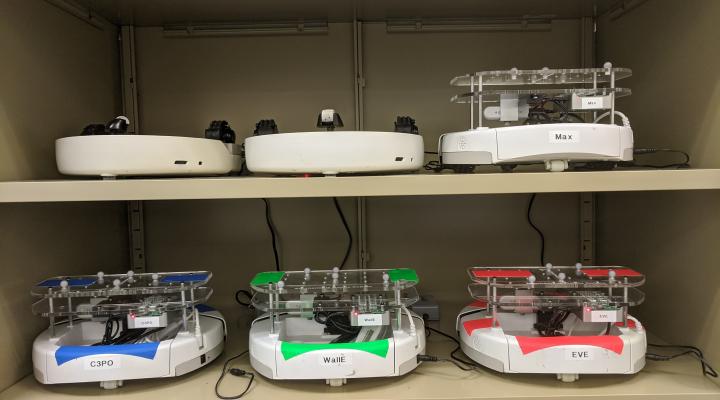From November 7th through 13th the Gemini Planet Imager (GPI) began collecting data as part of a three year survey looking for new planets in other solar systems. GPI is one of the world's most powerful direct exoplanet imagers (an instrument that can detect light or reflected by planets orbiting other stars) and has been undergoing commissioning at the Gemini South observatory at Cerro Pachon in Chile for the last year. The GPI Exoplanet Survey, led by PI Bruce Macintosh of Stanford University, will observe 600 nearby stars and is expected to find dozens of new, young, giant planets, significantly increasing the number of directly imaged exoplanets. The survey is a large collaboration, with members at multiple institutions throughout the US and Canada, including Cornell MAE Professor Dmitry Savransky (co-lead Observing & Operations). Macintosh, Savransky and colleagues from UC Berkeley, the Space Telescope Science Institute, and SETI spent the week at the observatory, working with the Gemini staff to collect the first of the science campaign data. This video show a time-lapse of the observatory during GPI operations:
For more information on GPI and the Exoplanet Survey, see http://planetimager.org/.
See Prof. Savransky's research site - Space Imaging and Optical Systems Lab: http://sioslab.mae.cornell.edu/.




